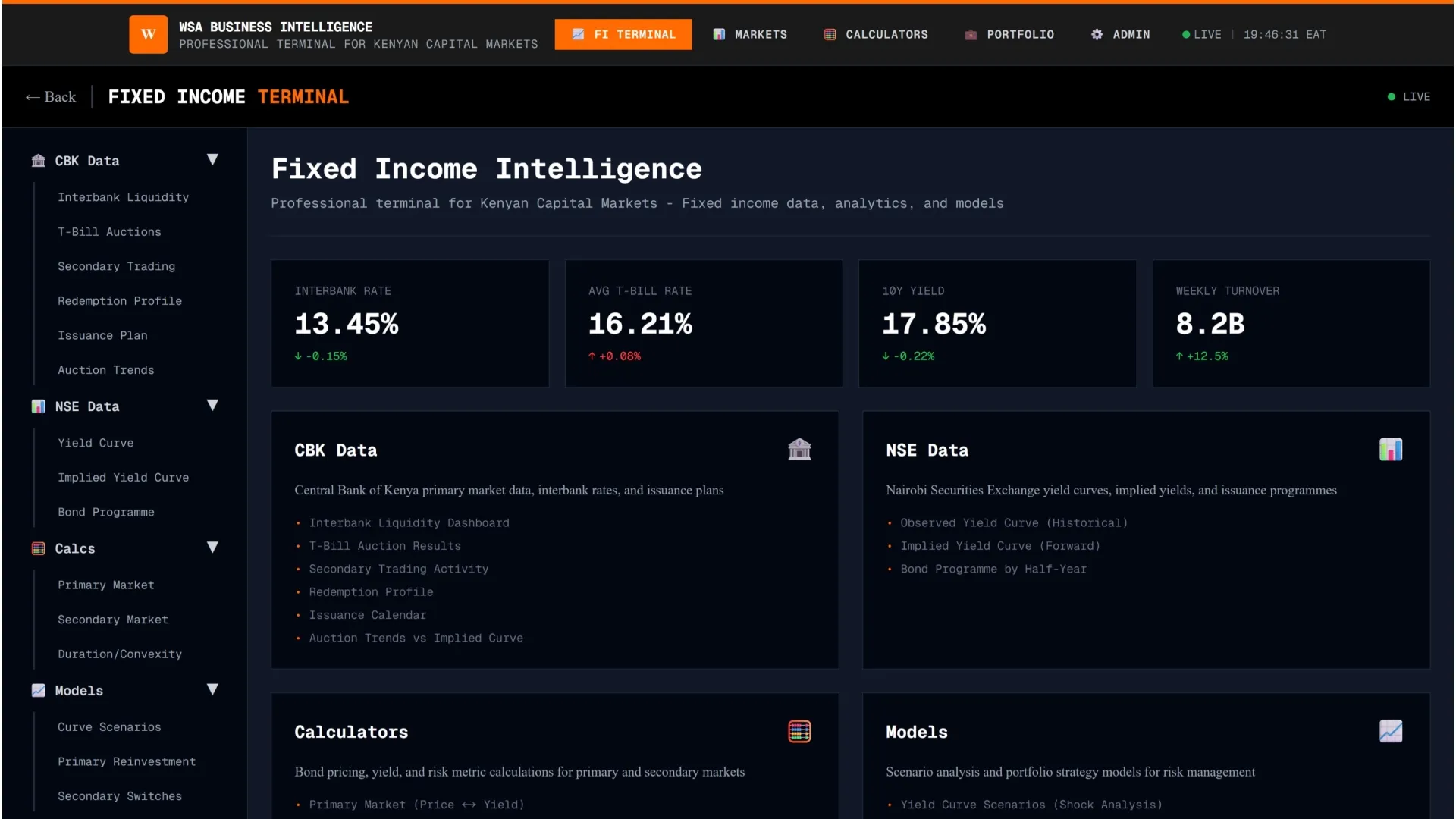“Cresit cum commercio civitas”—civilization prospers with commerce.
This ancient maxim captures an enduring truth about human progress. Yet for Africa, home to 85% of the world’s underserved population, commerce has been constrained by financial infrastructure that treats cross-border transactions like an expensive luxury rather than a basic economic necessity.
But a revolution is brewing—one powered by stablecoins that promises to unlock trillions in economic value and finally give Africa direct access to the global financial highway.
Consider this stark reality: sending US$200 from the USA to my home of Kenya can cost up to 13% in fees and take several days to settle through traditional banking channels. Meanwhile, the same transaction via stablecoins can be complete in seconds at a fraction of the cost.
This 13x cost advantage isn’t just impressive, it’s transformative for a continent where remittances totaled US$54 billion in 2023 and represent lifelines for millions of families.
The Correspondent Banking Maze
Africa’s current cross-border payment infrastructure resembles a maze designed by bureaucrats rather than a highway built for commerce. When a Lagos wedding entrepreneur pays a flower supplier in Nairobi, the money doesn’t travel directly.
Instead, the message to transfer the money embarks on an expensive journey through correspondent banks, often routing through London or New York, with each intermediary taking their slice. Then when it arrives, mirror transactions take place between the two bank’s different FX accounts.
This system was not designed – it accumulated. Over decades, layers of intermediaries and compliance rules were bolted onto existing payments infrastructure. The result? Africa’s average cross-border payment cost hovers around 8%, nearly three times the global average.
The correspondent banking system particularly disadvantages African currencies. Most intra-African transactions still require conversion to US dollars or euros before settlement, forcing traders to bear double conversion costs and exposing them to foreign exchange volatility they shouldn’t need to face when trading within the continent.
Stablecoins: Collapsing the Payment Stack
Stablecoins offer something revolutionary: the ability to collapse multiple layers of payment infrastructure into a single layer. Instead of navigating correspondent banks, foreign exchange dealers, and settlement systems, businesses can execute transactions directly on blockchain rails.
This “stablecoin sandwich” model—fiat on-ramp, stablecoin transfer, fiat off-ramp—effectively replaces correspondent banks with programmable pipes that settle instantly across borders. For African businesses, this means transforming from the periphery of global finance to being native participants in a system designed for speed and efficiency. These models pioneered by companies such as Conduit have inadvertently upended the traditional payments order for a new cheaper & faster incumbent.
The capital efficiency gains are particularly striking for African businesses operating on thin margins, where capital velocity can be the difference between growth and stagnation.
While cost reduction grabs headlines, stablecoins’ risk management advantages may prove more transformative. Traditional cross-border payments expose African businesses to multiple risk vectors: counterparty risk from correspondent banks, settlement risk from T+2 clearing cycles, and foreign exchange risk from currency conversion delays.
Stablecoins enable settlements for transactions that either complete entirely or fail completely, eliminating settlement risk. For African exporters dealing with international buyers, this programmable money creates escrow systems that protect both parties without requiring expensive letters of credit.
The Infrastructure Is Already Here
A common misconception positions stablecoins as futuristic technology awaiting mass adoption. The reality is different. African fintech companies are already demonstrating this infrastructure’s power. Platforms like Onafriq, Fincra, Flutterwave and MoniePoint have shown how modern payment rails can leapfrog traditional banking limitations. The missing piece isn’t technology—it’s regulatory clarity and institutional adoption and this is happening at a rapid pace.
The Pan-African Payment and Settlement System (PAPSS) demonstrates the continent’s recognition that payment infrastructure is economic infrastructure. PAPSS enables instant payments across African countries in local currencies, reducing dependence on foreign correspondent banks.
However, PAPSS faces the same challenge as many regional initiatives: voluntary participation and limited interoperability. Stablecoins complement rather than compete with PAPSS by providing a programmable layer that can integrate with existing payment rails while offering global reach from day one.
Perhaps most intriguingly, stablecoins enable “virtual accounts”—digital USD accounts that function like US bank accounts but operate on blockchain infrastructure. For African entrepreneurs, this means accessing global markets without waiting weeks for international banking relationships. Platforms such as Conduit enable fintechs and businesses to access these virtual account rails – allowing for a transition between the digital asset world and the fiat currencies world.
These virtual accounts can be provisioned in minutes rather than months, democratizing access to global commerce. A software developer in Nairobi can receive payment from Silicon Valley clients as easily as a New York freelancer, breaking down geographical barriers that have historically constrained African businesses and entrepreneurs.
The Path Forward
For Africa to leapfrog in the ongoing stablecoin revolution, the regulatory response must be sophisticated rather than restrictive. Instead of blanket bans, Africa’s regulators should create sandboxes that allow controlled experimentation with stablecoin infrastructure. Countries like Kenya, Nigeria and South Africa have begun this journey, but broader continental coordination is essential. Equally, financial institutions must also evolve where banks can position themselves as stablecoin infrastructure providers rather than gatekeepers.
Stablecoins’ growth carries profound monetary policy implications. Major stablecoin issuers already rank 17th globally in US Treasury holdings, surpassing countries like Germany and Saudi Arabia. For African central banks, this presents both opportunity and challenge.
Stablecoins can also reduce pressure on foreign exchange reserves by enabling direct settlements in digital dollars. However, they also require new regulatory frameworks to ensure financial stability while capturing innovation benefits. Importantly, African governments will have to figure out mechanisms of capturing the tax value from these transactions.
The Highway Awaits
Stablecoins offer Africa more than just technological innovation—they represent economic empowerment for a continent that has waited too long for financial infrastructure that works. As a practitioner in this space, the choice facing Africa is clear: remain trapped in the correspondent banking maze or build on-ramps to the global financial highway.
The infrastructure exists. The opportunity is massive. The only question is whether Africa will seize it or watch from the sidelines as others build the financial future. For a continent that has proven, with mobile money, that innovation can leapfrog infrastructure limitations, the answer should be obvious.
The highway to global finance is being built. It’s time for Africa to get on it.
Eric Wainaina is the General Manager, Africa, at Conduit.
*The views expressed here are the author’s own and do not necessarily reflect the editorial stance of The Kenyan WallStreet.




